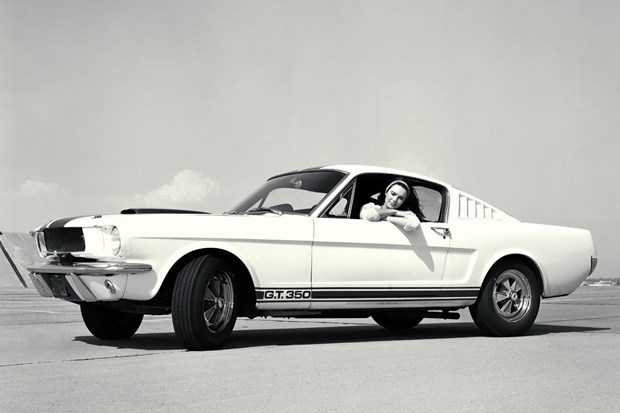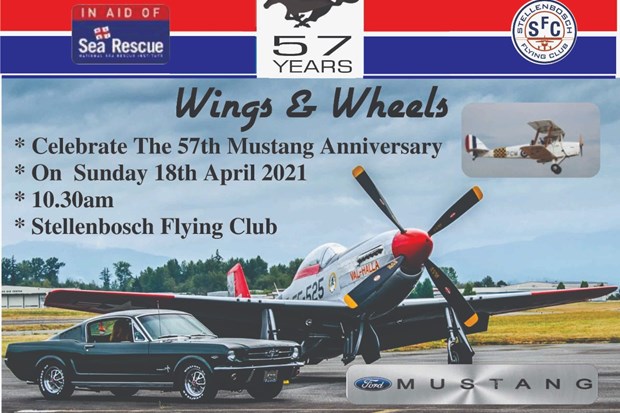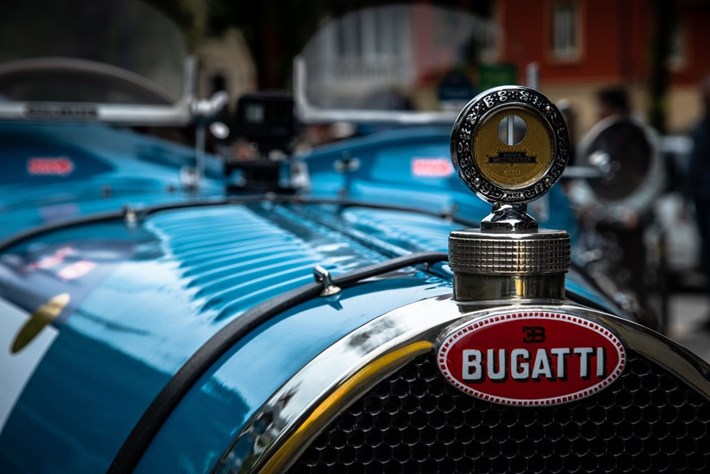
A motorsport legend of the 1920s, the archetypal pure and efficient racing car, the Bugatti Type 35 is certainly one of the most important cars of the last century.
Considered the fastest racing car of its time, the Bugatti Type 35 certainly contributed its important share of technological innovations. For example, it was the first car to have a double roller bearing and a triple ball bearing, which made its crankshaft an engineering marvel. With an eight-cylinder engine of only 2.0 litres (capable of 6,000 rpm, a feat for the time), the Bugatti developed about 95 hp, fed by two carburetors. A wet multi-plate clutch was used for power transmission. This block was as powerful as it was pleasing to the eye, the first Type 35 could travel at over 190km/h. The most affordable basic type, the 35 A was equipped with a 2.0 litre, 75 hp eight-cylinder engine. In later versions, the 35 B with a 2.3-litre eight-cylinder engine and a supercharger achieved a power output of 140 hp. In this configuration, the Bugatti could reach speeds of over 215 km/h. The best thing about these engines was their reliability and longevity. Already in the early 1920s, Ettore Bugatti realized that even with a high power output, a heavy car offers little efficiency. Like no other at the time, he therefore focused on a lightweight structure and optimal driving characteristics. He also developed for the first time special lightweight wheels to reduce unsprung mass and thus improve suspension performance. Made of aluminium with eight flat spokes, they have removable rims and integrated brake drums!
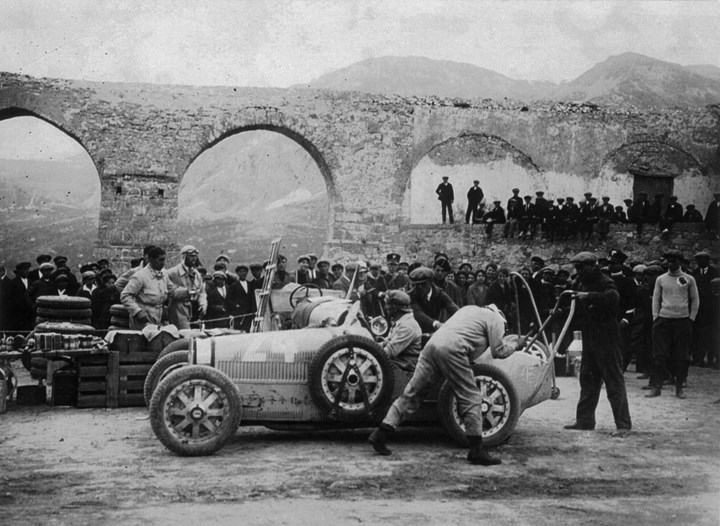
Down to the last detail
In addition, Bugatti designed a new forged hollow front axle with sealed ends. Weighing about ten kilograms, the assembly was light yet stable, allowing the Type 35 to be faster in corners. In running order, the car weighed only 750 kgs! Designed for the racetrack, the little Bugatti could be fitted with mudguards and headlights for use on the public highway on request. With its elegant and well-proportioned bodywork, light and slender chassis, and slender rear end, the Type 35 was certainly the most beautiful racing car of its time.
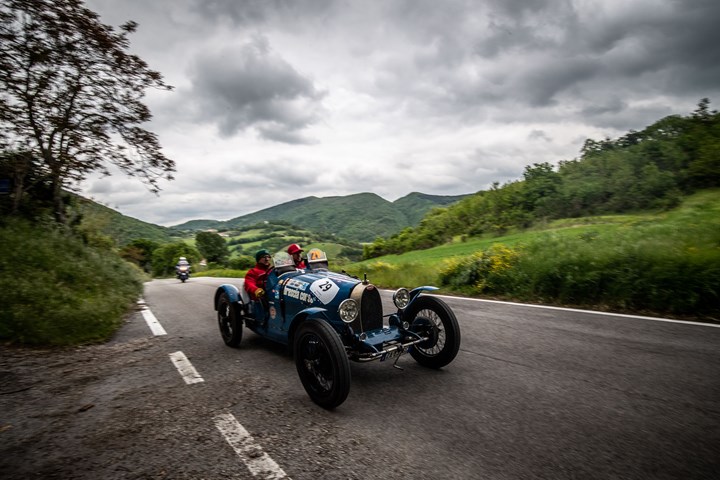
Waterfall of victories
Despite all its innovations, the Type 35's first race was not a success. At the end of July 1924, Bugatti presented five of the new Type 35s at the Grand Prix de Lyon. Although the cars performed well in practice, they were beaten in the race. It later turned out that the cause of the poor results was not the engine or the mechanics, but the tyres: they had been improperly vulcanized and could not withstand the high speeds. Fortunately, the Type 35 achieved second place in the next race at San Sebastian, marking the start of an unparalleled career. The use of a Roots supercharger in 1926 increased the Type 35's power to 140 bhp. This made the car not only light and flexible, but also extremely powerful. Success was not long in coming. The Type 35 C compressor variant and its Type 35 T and Type 35 B derivatives won numerous grand prix titles before 1930, as well as the unofficial world championship title in 1926, and won the world's most famous road race, the Targa Florio, five times in succession. Famous drivers such as Alberto Divo, Tazio Nuvolari, Louis Chiron and Williams held the large and beautiful steering wheel of the famous Type 35. It was in Germany that the Type 35 celebrated its greatest triumph, at the Nürburgring in 1929.
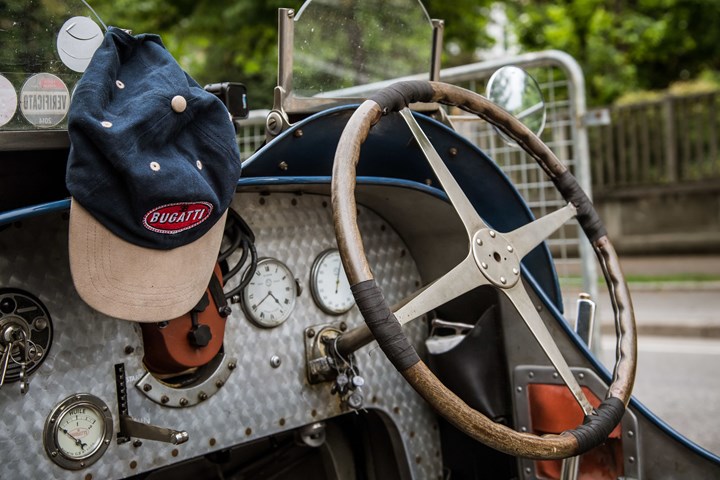
Classic
Bugatti produced about 340 examples of the Type 35 during its seven-year production run. In 1931, the Type 54 succeeded it, but many vehicles were still used, modified or transformed for racing. Since then, its value has soared, reaching several million euros for those with a track record. Beware, however, that there are many replicas in circulation, more or less well made, at rallies and other historic races. The Type 35 has become an automotive legend and is one of those cars that will never cease to attract envy...


















